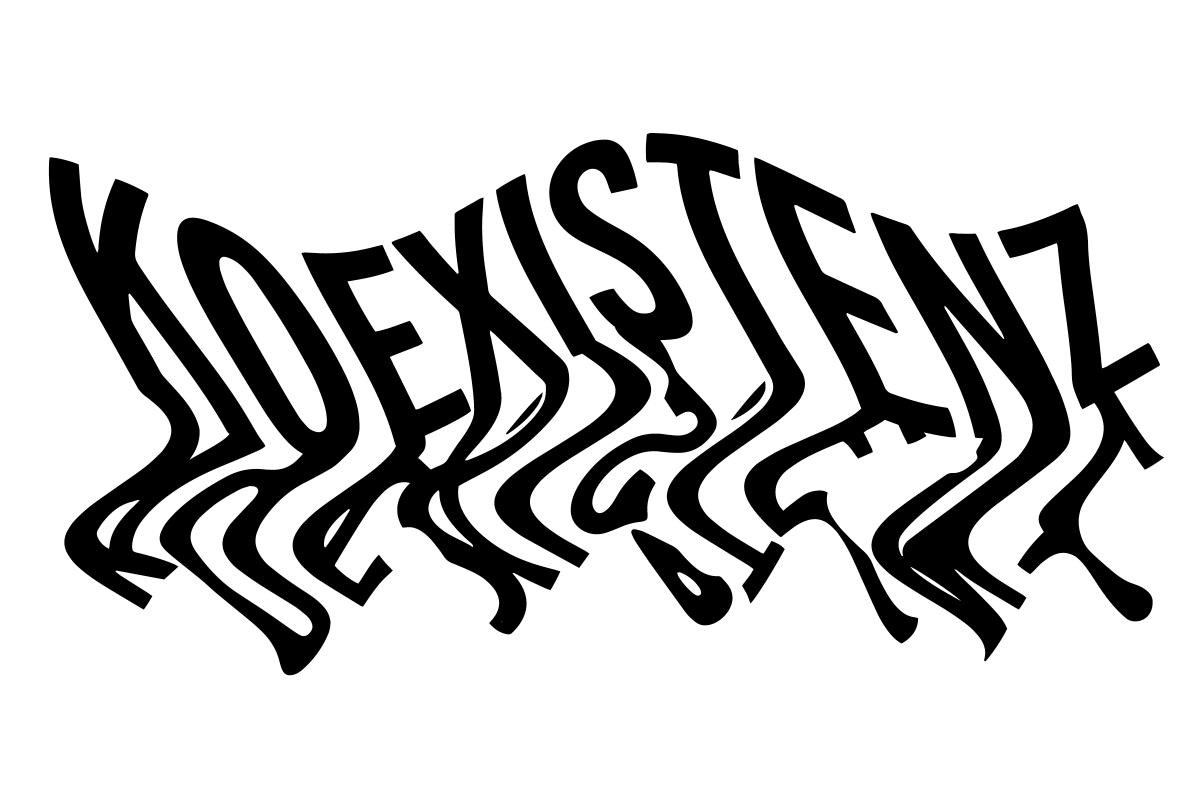Simon Faithfull
An Arbitrary Taxonomy of Birds
Derived from the ancient Greek word táxis for order, the term taxonomy stands for the classification of objects. It is an essential part of our scientific research and the starting point for recognizing and describing connections and differences.
Simon Faithfull has always been fascinated by birds. His drawings, which he has been making since 2000, have always led him back to these animals, which he describes as everyday and yet strange - a parallel species that share an immediate habitat with us in our cities. During his wanderings through the Museum für Naturkunde, Faithfull was drawn to the field of taxonomy and, following J. L. Borges' "The Analytical Language of John Wilkins", he has created his very own classification of birds, including a category for ‘those who transmit avian flu’. In his work, he draws attention to how our relationship with nature is shaped by the way we name and categorize it and challenges us in a playful way to engage with this coexistence.
Sybille Neumeyer
Voicing encounters - a narrative cartography of virus (Artistic Walk & Map)
Stories about people, animals and viruses are stories of encounters, environments and relationships. On Sybille Neumeyer's artistic walk - a physical and an acoustic map - places in and around the Museum für Naturkunde Berlin become a storyboard for facts, concepts and questions about influenza pandemics and virology. It does not follow a linear history of infection, but rather traces multidisciplinary, cross-species and entangled stories of influenza, pandemics and viruses. In her search for the different layers and marginal events of this narrative, she gives both living and inanimate actors a voice. As part of their tour, the participants will have the opportunity to take on different perspectives, such as those of vectors, hosts and the virus itself. This kind of vocalization and polyphonic observation serves as a method to break through a purely anthropocentric perspective and invites reflection on coexistences.
